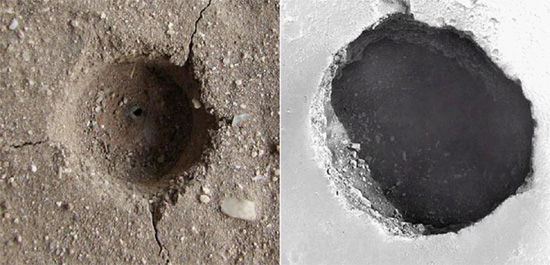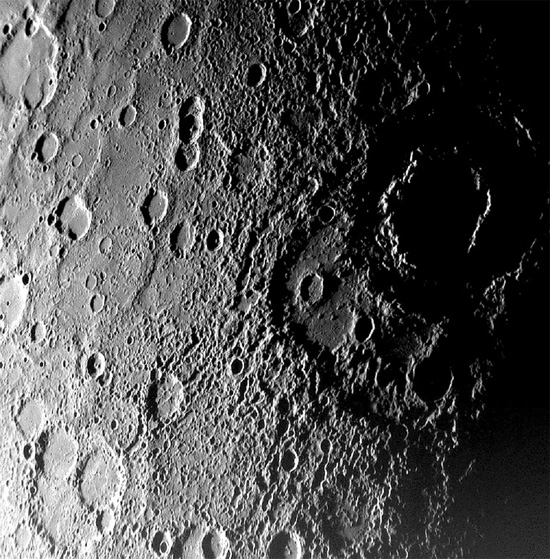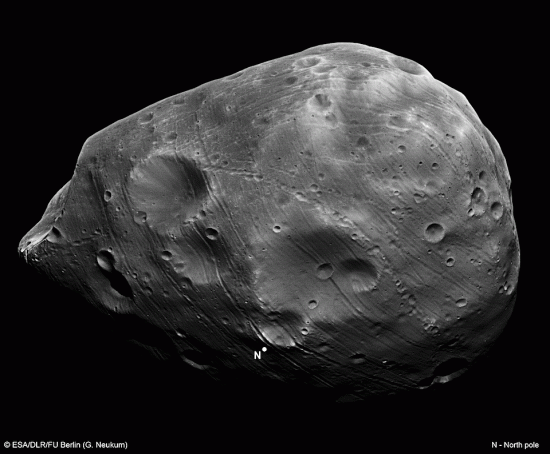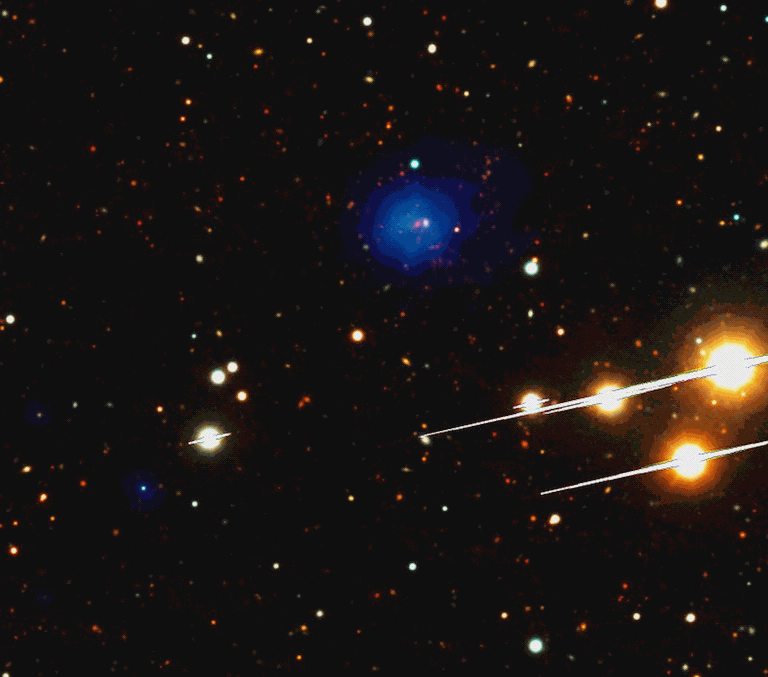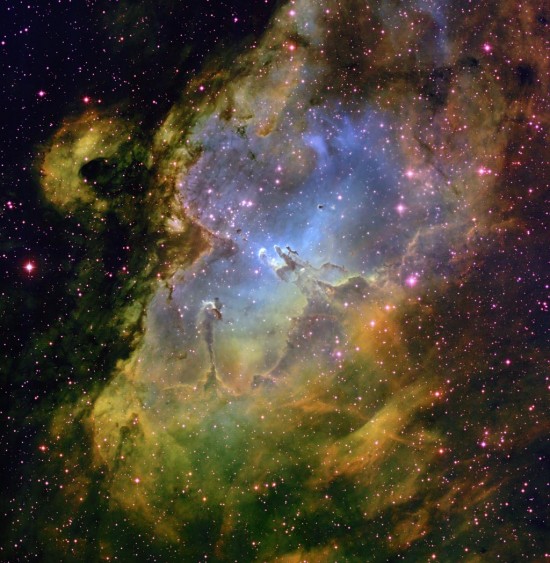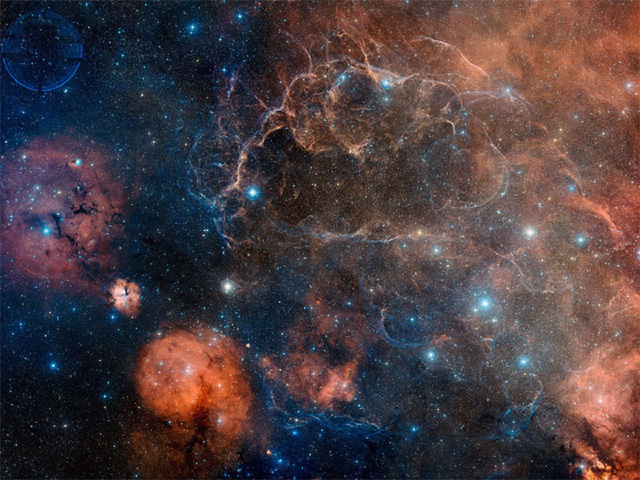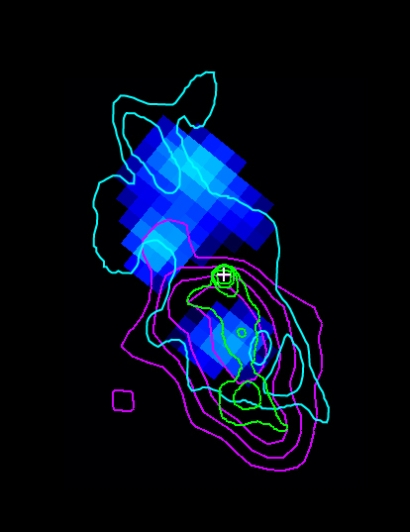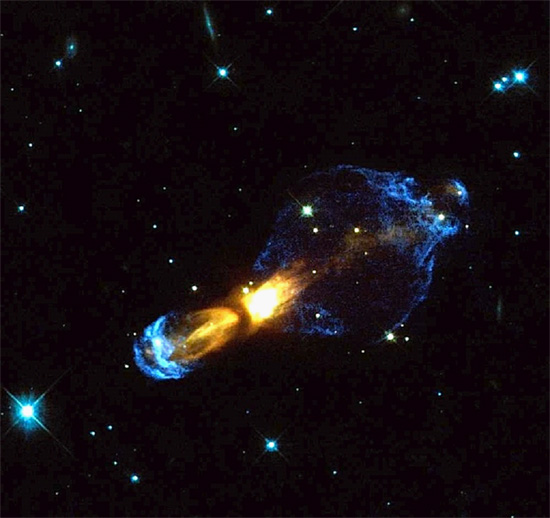Titan’s Tales Continue to be Strange
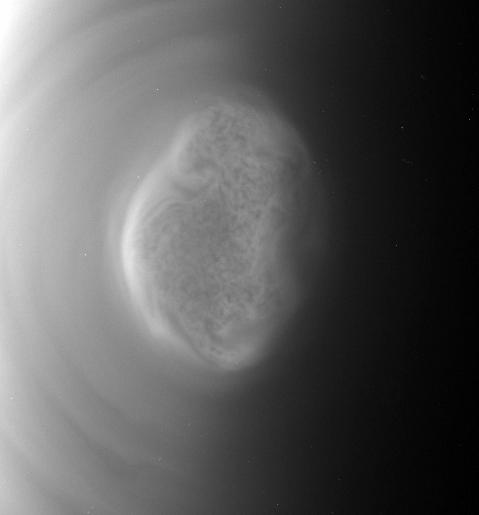
Jan 29, 2013 Images from Cassini seem to indicate deltas and river channels. Could electricity have formed these features on Titan? Recent data from the Cassini-Solstice mission is said to reveal oceans of liquid ethane, in one case occupying an area as large as 26,000 square kilometers, in Titan’s north polar…





